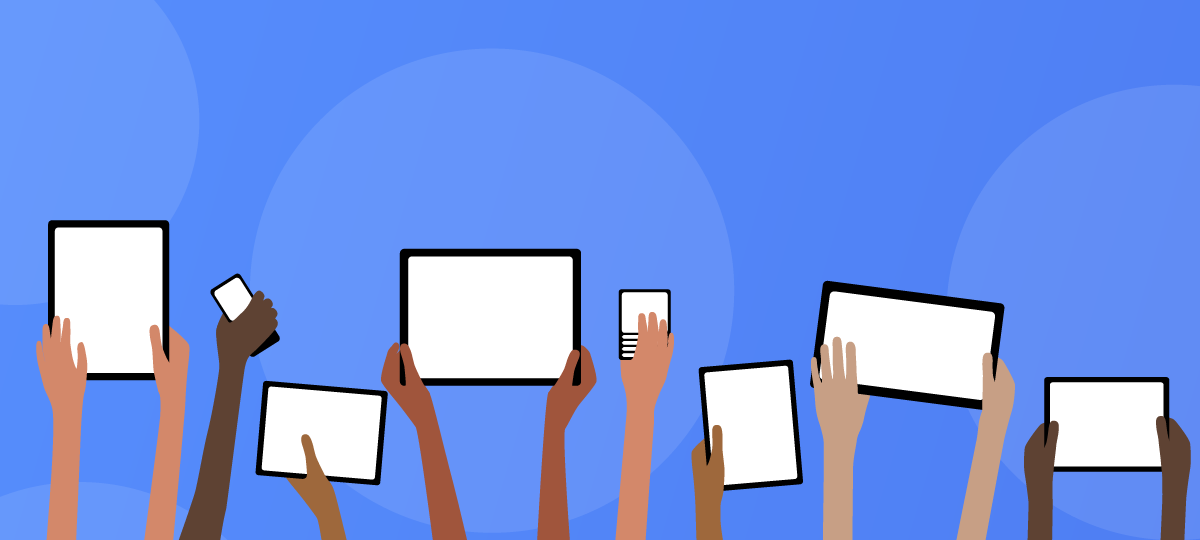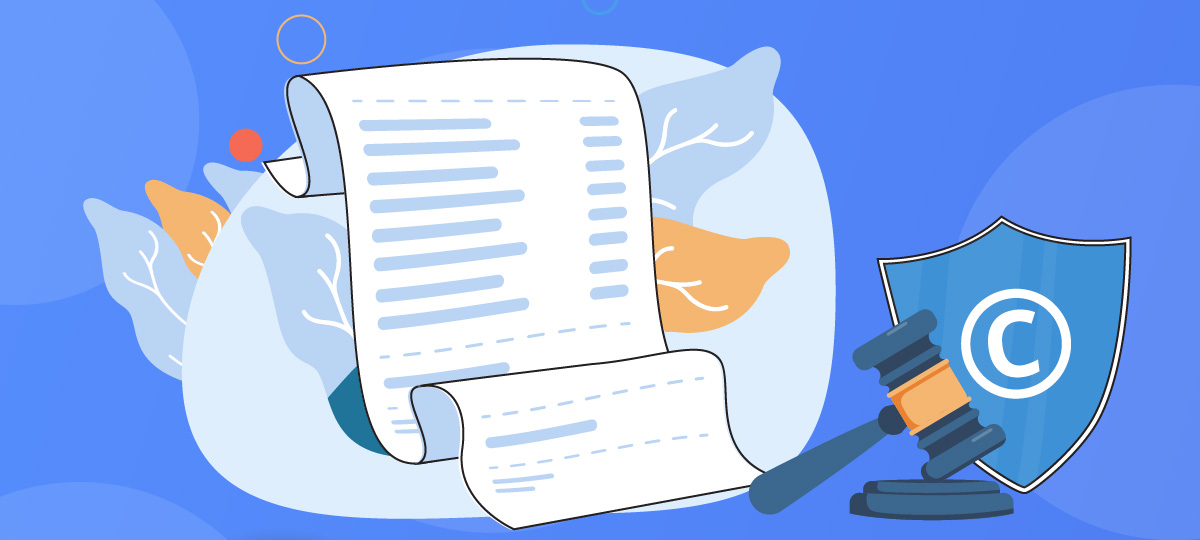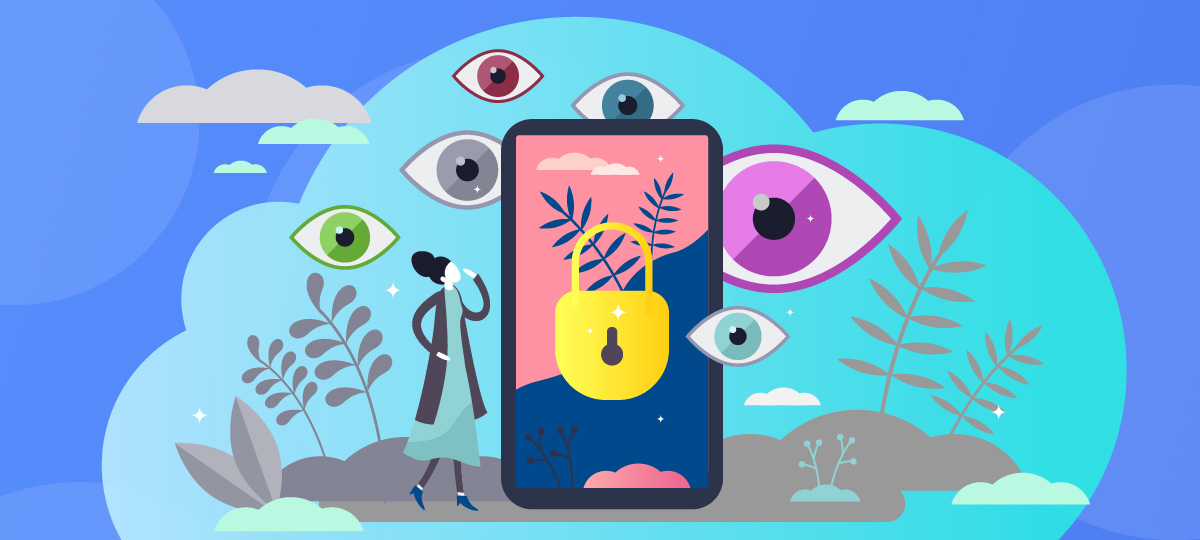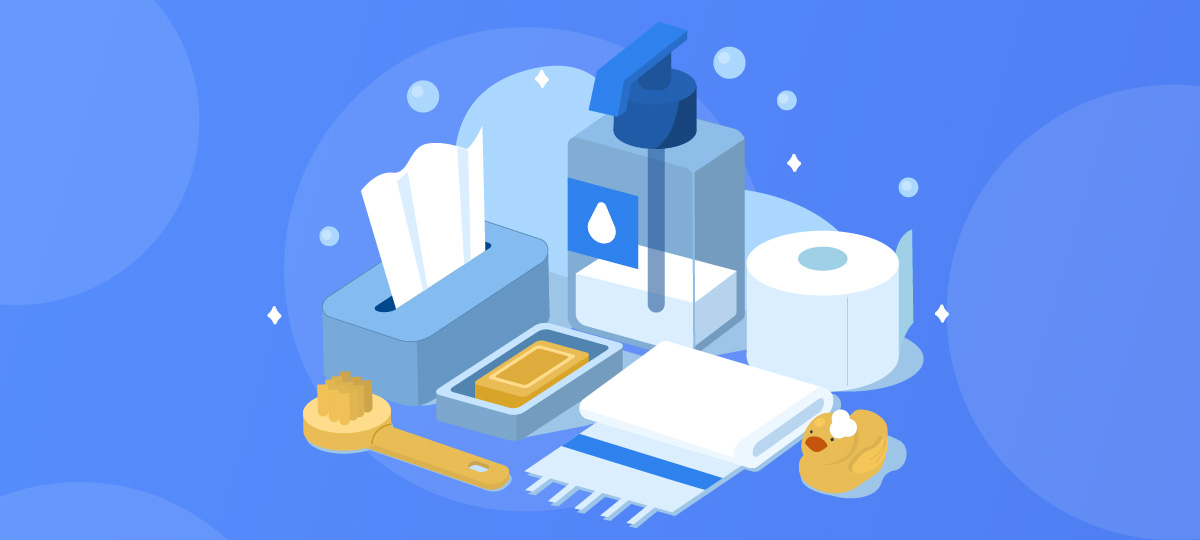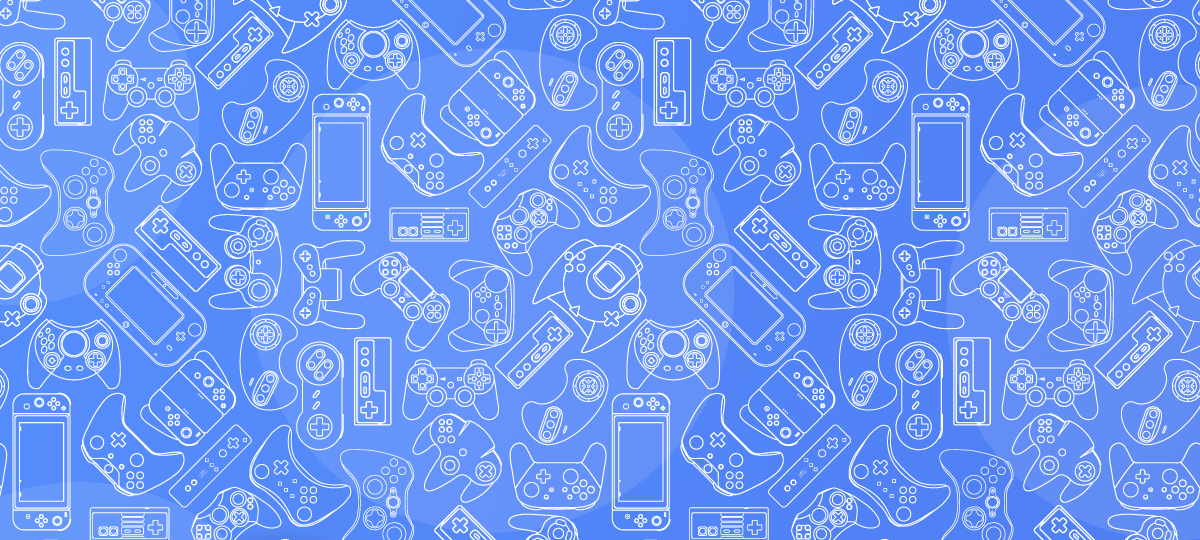
Any person sooner or later thinks about how to protect his or her data, hide his or her IP address, or simply check an unsuspicious link and stumble on the concepts of VPN and proxy. Both of them have the same goal – to keep the user anonymous on the Internet. Still, the question is, “What are the differences between VPNs and proxies, and what works better?” We also want to include antivirus software in this comparison. Put aside all business and sit down. Let’s get to the bottom of it!
What is a VPN?
A Virtual Private Network (VPN) is a tunnel through which all data passes. The VPN takes the data, encrypts it, and transmits it through its server. While the data is traveling through this tunnel, no one can intercept it and use it.
Why not? They are protected by end-to-end encryption, meaning neither cybercriminals, government organizations, or competitors can access them. End-to-end encryption protects information from when it is sent to when it is finally transmitted.
After installing a special client program or browser add-on, you can work with a VPN. In addition, operating systems such as Android, iOS, Windows, macOS, and Linux already have a built-in tool.
If you’re using a VPN, you can:
- Spoof a regional IP, for example, if some service or app doesn’t work.
- Bypass blockages from sites and services.
- Work safely with data from any place on the planet with an Internet access point.
But it is not without disadvantages. No-name VPN services can conduct user traffic through the tunnel, analyzing it in parallel. Or they can leak your IP-address. So it is better to work only with those tools that are popular and have many positive reviews. Even good VPNs cost money, although there are many free tools available.
What is Proxy?
Proxy is a networking technology that acts a little differently. It’s like an intermediary or your representative. It takes your request to its server, processes it itself, and sends it where it needs to go. The collected information goes the same way back.
Proxies also allow you to change your IP address and, like VPNs, bypass a site blocked in the country and remain anonymous. They also protect the user from vampire scripts that steal personal information and use it for themselves, such as showing personal ads, mailings, behavior analysis, and so on.
As with VPNs, you should only use trusted proxies because their admins get access to all the data that you are trying to keep secret.
What is Antivirus?
Antivirus software acts as a shield, protecting your device from malicious software. It scans your system for viruses, malware, and other threats, neutralizing them before they can cause harm. Antivirus programs continuously update their databases to recognize and defend against the latest threats.
What is better: VPN vs Proxy vs Antivirus?
While antivirus software is essential for protecting against malware, it does not provide the same level of privacy and encryption as a VPN. However, it plays a crucial role in defending against threats that can compromise your data and system integrity. Undoubtedly, in the VPN vs antivirus battle, the latter loses in terms of traffic analysis.
A proxy only provides connectivity at the application layer, whereas a VPN provides connectivity at the network layer, which is more extensive and includes the application layer. Proxies can be tricked through other programs, while VPNs cannot be hacked.
But everything really depends on your goals.
A VPN helps you bypass regional blocking and encrypt your data, which is useful if, for example, you want to view content from social networks or sites banned in your country. But these are just random IPs, and even if you choose one country, today it could be one city, and tomorrow—another.
If you look at the situation from this side, you’re better off with proxies, which, in turn, provide a permanent IP address. This is a huge plus because you can create many accounts, and repeated logins are done from the same address as the previous ones.
How to choose a VPN?
There is a lot of software in the network called VPN, but not everyone can be trusted. Before installing, analyze the program, read reviews, and determine whether it really performs its main function: changing access servers and encrypting transmitted data. Most of these services are paid, and those provided for free may have limitations on speed, operating time, etc. So you’re likely to try several.
VPN, Proxy, Antivirus: let’s summarize
What to choose: VPN, Proxy, or Antivirus—it’s up to you. If you want to keep your data safe, a VPN is the way to go. It offers many options to improve reliability, security, and protection.
A proxy simply hides your IP address and spoofs your location, meaning that theoretically, the data it transmits can be reached by anyone who can’t be bothered. But it has a huge plus—with repeated use, the proxy will save swapped IP addresses, which is useful.
Antivirus software protects your device from various threats, including viruses, malware, and other malicious software. It actively scans your system, detects potential dangers, and removes any harmful programs that could compromise your data or disrupt your operations.
